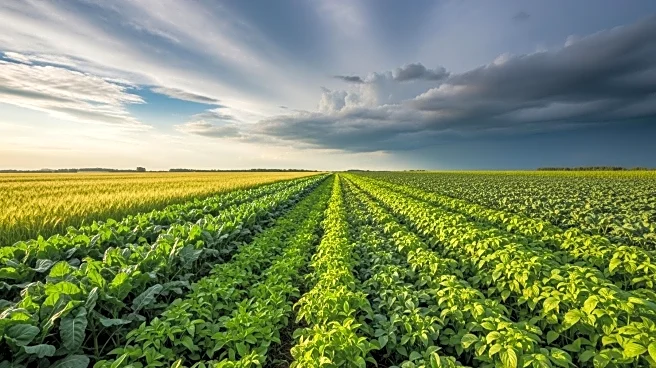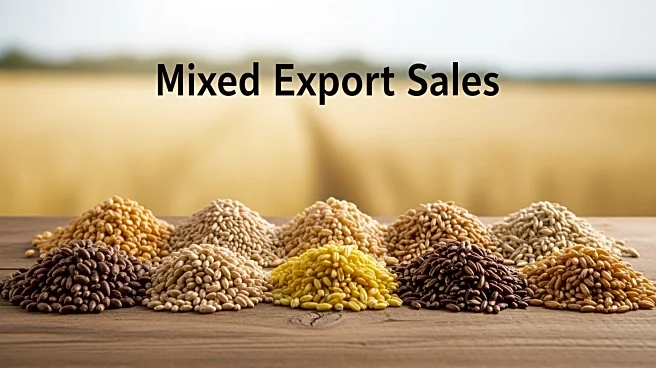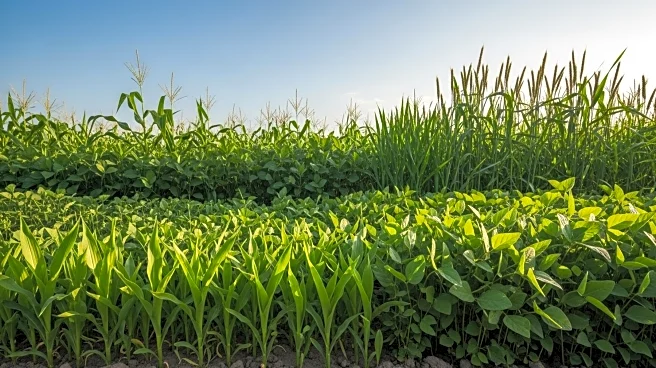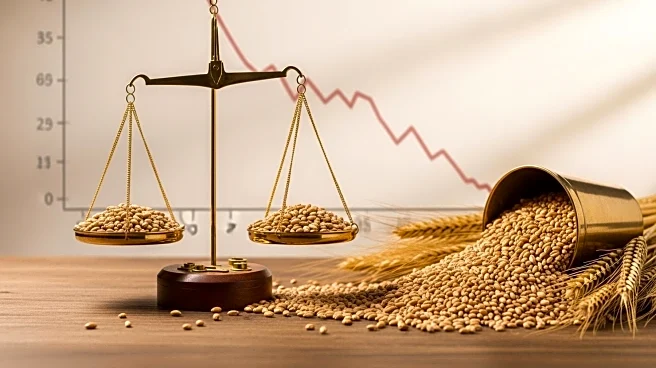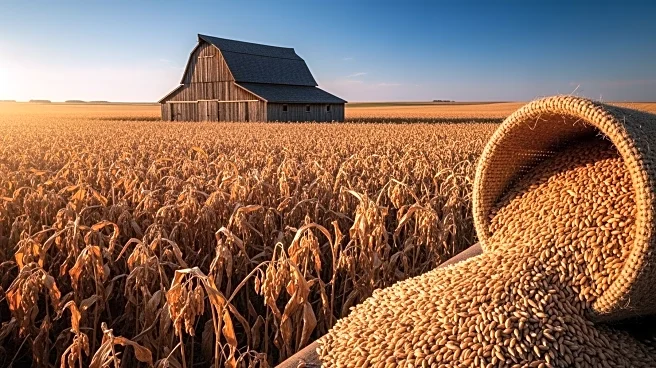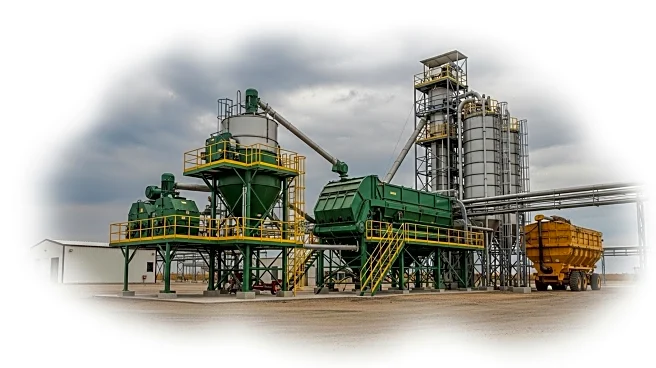What's Happening?
The USDA's latest Crop Progress report highlights varied conditions for Illinois crops due to contrasting weather patterns across the state. Northern Illinois experienced beneficial late-August rains, aiding crop development, while the southern regions faced one of the driest Augusts on record. This disparity has influenced the growth stages and health of key crops like corn and soybeans. Illinois corn is progressing well, with more reaching dough, dent, and mature stages compared to the five-year average. However, diseases such as southern rust and tar spot pose potential threats to yields. Soybean conditions are less favorable, with stress levels higher than the national average. The USDA rated Illinois corn and soybeans with a mix of poor to excellent conditions, reflecting the impact of weather and disease pressures.
Why It's Important?
The condition of Illinois crops is crucial for the state's agricultural economy and the broader U.S. food supply. Illinois is a major producer of corn and soybeans, and any significant yield changes can affect market prices and supply chains. The mixed crop conditions underscore the challenges farmers face due to unpredictable weather patterns and disease outbreaks. This situation may lead to economic implications for farmers, potentially affecting their income and operational decisions. Additionally, the agricultural sector's response to these challenges could influence future farming practices and investment in disease-resistant crop varieties.
What's Next?
Farmers and agronomists will continue to monitor crop conditions closely as the harvest season approaches. The USDA's ongoing reports will provide updates on crop progress and health, guiding farmers in their management practices. Stakeholders may also advocate for increased research and development in disease-resistant crops and improved irrigation systems to mitigate the impact of adverse weather conditions. The agricultural community may engage in discussions on policy measures to support farmers facing economic losses due to crop stress.
Beyond the Headlines
The current crop conditions in Illinois highlight the broader issue of climate variability and its impact on agriculture. As weather patterns become more unpredictable, there is a growing need for adaptive strategies in farming. This includes investing in technology and practices that enhance resilience to climate change. The situation also raises questions about the sustainability of current agricultural practices and the need for innovation in crop management and disease control.
